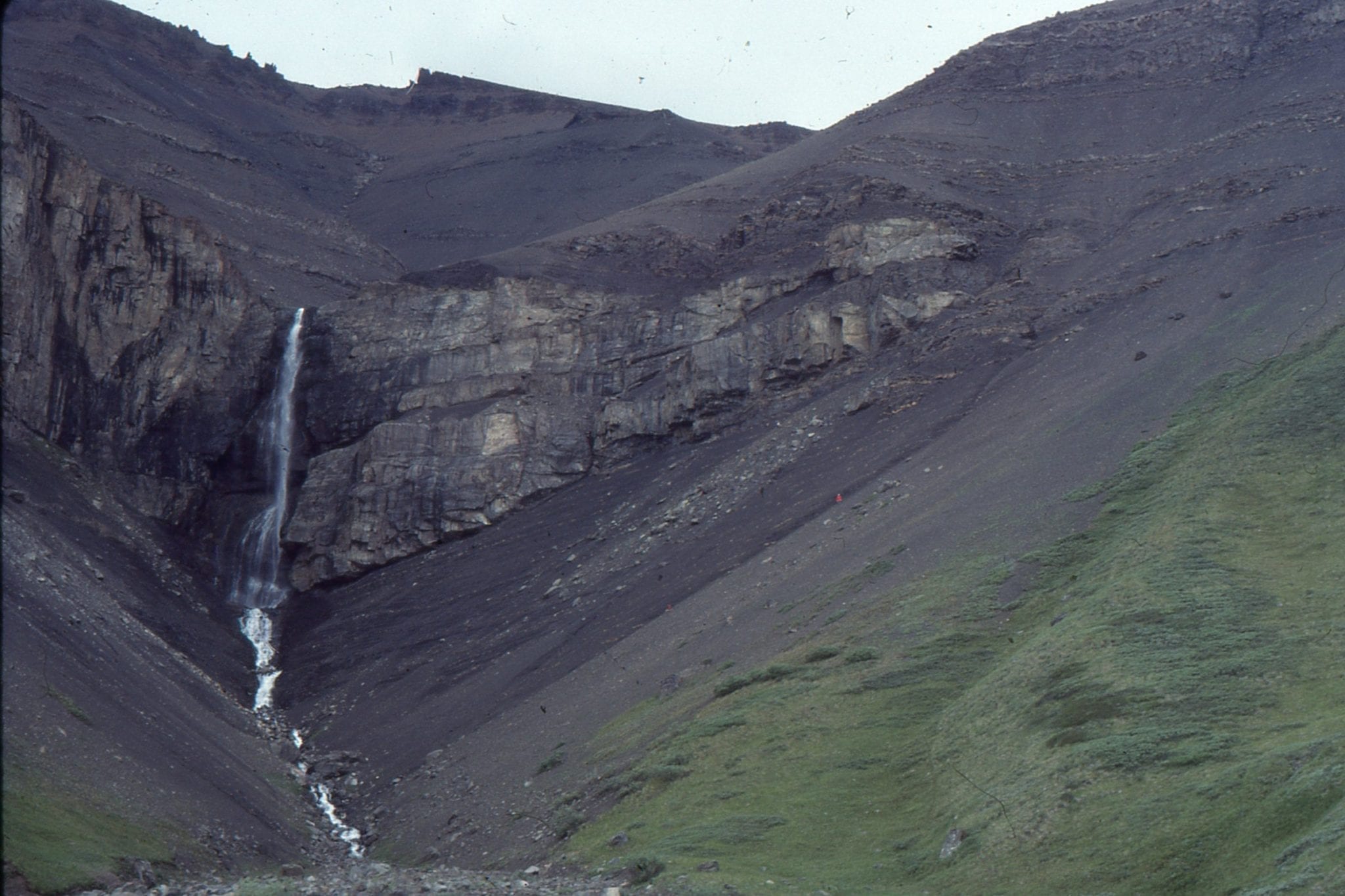
Hilley said most people don’t realize that sediment-laden water can erode the seafloor, never mind the fact that these flows have carved features deeper than the Grand Canyon right off the coast of Monterey. New research reveals distinct differences from land canyons for the first time. (Image credit: Courtesy Monterey Bay Aquarium Research Institute) The Monterey Canyon is one of thousands of submarine canyons hidden on the ocean floor. The research was guided by co-authors George Hilley, a professor of geological sciences, and adjunct professor of geological sciences Tim McHargue, who are both part of Stanford Earth’s sedimentary research group along with Lowe and Graham. The colloquium brought together graduate students from two different laboratories – those of geological sciences professors Don Lowe and Stephan Graham. The student-led research grew out of a graduate seminar exploring submarine canyons held in spring of 2018. “Now we have all these measurements and we can more aptly look at what causes these formations.” From classroom to peer review “This is all frontier – we don’t actually know the answers to these things,” Dobbs said. Under water, researches hypothesize processes that form submarine canyons are periodic landslides from extreme steepness, seismic activity or large winter storms that funnel a lot of sediment from the shallow continental shelf. On land, significant changes in canyon shape are often triggered by large flood events or landslides. The scientists found distinctions in the shapes and profiles of submarine canyons. “We needed to use a quantitative method to actually test if these are different systems.” “When you look from a purely qualitative sense – when you’re just looking at a map – they look shockingly similar,” said Dobbs. Dobbs said it was surprising to discover differences in the underwater and above-ground canyons, since on a map, formations 9,000 feet underwater can’t be distinguished from canyons that are 9,000 feet above ground. They acquired data for the study from the Global Multi-Resolution Topography synthesis, an open-source online repository. The researchers analyzed multi-beam sonar data, which is collected by ships or small underwater vehicles just above the sea floor that send a sonar wave that is used to make maps of the seafloor. “And it turns out that’s not necessarily the case.” “People would say, ‘Oh well, there is no real difference between the two systems because at the end of the day, a river flowing versus a sediment gravity flow flowing – they’re just going to do the same thing,’” said lead author Stephen Dobbs, a PhD candidate in geological sciences. The research was published online in Geology Sept. They found that submarine canyons, which had been believed to form in ways similar to canyons on land, are instead fundamentally different from the land-based ravines that cut through vast stretches of our mountain ranges. In an effort to shed light on these mysterious underwater features, Stanford researchers analyzed a collection of global images from an online repository of data from the ocean floor.


There are thousands of these breathtaking geological features hidden within the depths of the ocean – yet scientists have more high-resolution imagery of the surface of Mars than of Earth’s ocean floor. Submarine canyons are a final frontier on planet Earth.


 0 kommentar(er)
0 kommentar(er)
